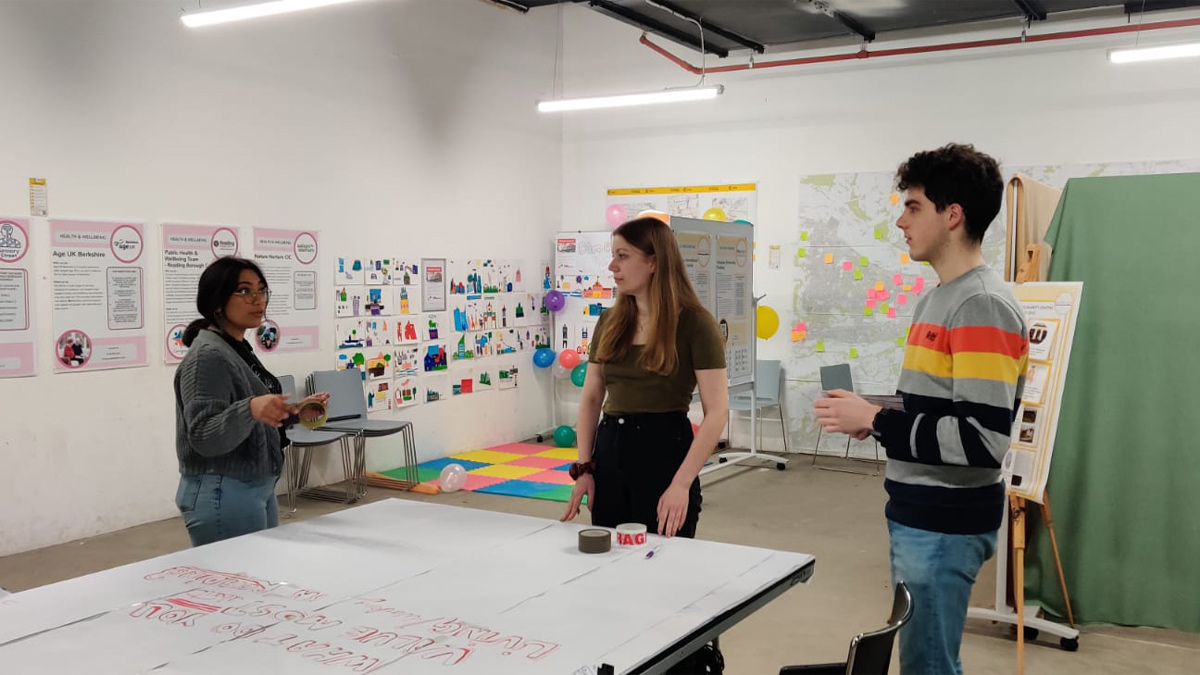Shanzina describes how she has been able to develop her passion for inclusive architecture whilst studying for her master's at Reading.
She is passionate about creating architecture that will pave the way for more people to feel comfortable in the world around them. Her younger brother is autistic and Shanzina has personal experience of the difficulties that neurodivergent people can face within traditional architectural confines.
Designing with purpose
“I am so satisfied with studying for my master's here. It is not only about being creative, it is about focusing on the actual purpose you have for designing something; how does it work for the community or environment?”
And speaking about environmental factors, Shanzina adds:
“It is also about considering what already exists, what can be reused. One of our main projects is about regenerative design and how we can reuse materials. How can we reclaim them?
“Studying here, I feel like I have more meaning in my degree, and more in life overall.”
Architectural practice that engages with places and communities
“We can develop our environment for neurodivergent adults by learning from the schools that have done so much for autistic children. We need to engage those adults into community consultation and get their voices heard.”
Shanzina’s brother is too young to fully comprehend what her objectives are, but as she points out, the family may not always be around for him in the future, and this gives her the motivation to work at creating spaces where he can feel comfortable.
Having been a carer for children with hidden or physical disabilities, Shanzina has seen what families and carers go through alongside the child. These experiences have made her determined to contribute to creating communities that are inclusive and welcoming for all.
A mentor in the family
As well as being inspired by her brother, Shanzina always had a mentor in her father.
“My family has a property business in Bangladesh, and my father would say to me when I was young: ‘Draw this up for me, make it look nice!’ and my interest developed from there.”
When he sadly passed away during Shanzina’s first year of her master's degree, she took on a great deal of family responsibility. She is grateful that her tutors were there to encourage and support her.
“Fortunately I had great tutors who were understanding and kind. They encouraged me to do the best I could at the time and luckily I got through it.
“I knew my dad would be supporting me.”
Learn more about our Master of Architecture course and discover your design passion



